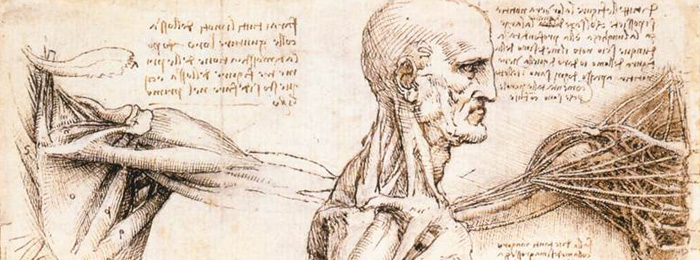Question from David, Drawing Academy student
I’ve been learning anatomy thanks to the Drawing Academy online course.
I have a tight schedule, but I still make time to draw. Learning anatomy is kinda difficult. I guess I’ve never realized how learning anatomy is very important and helps when drawing out your creative thoughts. Arms and hands are very hard for me.
How long did it take you to learn anatomy?
I’m also an actor, which helps with my creativity, but many people tell me all the time I have to pick one and leave one. I can’t, though. I’ve been doing both since I was 8, so quitting one is out of the question, unless it’s a bad idea to do both.
I took a trip to Japan and toured Aichi Prefectural University of Fine Arts and Music, where they would create countless figures from their imagination. It was amazing. I asked one of the teachers for tips and he told me something useful. He said, “You should worry about drawing the figure and making sure it is well balanced before worrying about clothes. If you can’t draw the body, then clothes are not going to look right.” So I’ve been dedicated to learning anatomy.
Hi David,
Many thanks for your questions.
I agree that knowledge of human anatomy is one of the most important topics you need to master if you want to draw realistic figurative works of art from life, memory, or imagination.
When it comes to what is the best way to learn that and how long it takes, I have to say that the process is neither easy nor fast. You can’t do it in just few days.
Russian art university programs dedicate two years to academic study of human anatomy, plus four years applying the knowledge in practice. This is compulsory for students, whether they are studying drawing, painting, or sculpture.
The Western educational system is different. Art students in the best art institutions in the USA or UK spend much less time on anatomy. Some institutions treat this subject so briefly and shallowly that the student’s understanding of anatomy after the course is hardly higher than before.
This tremendous difference in academic rigor applies across all disciplines, not just art. Recently, I watched an interview with one researcher who spent several years exploring the differences between math degrees in Russia (or former Soviet bloc countries) and in the USA. A doctor who obtains a PhD in math at MIT (arguably the best technical institution in the Western world), a process that takes nine years in total, in fact receives 2.6 times less time in class learning math (both lectures and practical work) than a Russian undergraduate receives in just 4 years. No wonder why today 80% of American mathematicians are Russians :)
There’s one book by an American professor (a Russian ex-pat who emigrated after the Soviet Revolution), who travelled back to the USSR after the Russians launched Sputnik into space in 1957. His task was to investigate why, only a few years after World War II, when the Soviet Union suffered 40 million casualties, a completely ruined industry and infrastructure, no workforce, it was able successfully develop a space program and beat America to space. This professor visited many colleges and universities in Russia, came back to the States, and wrote a book, wherein he revealed that the Russian educational system was so far ahead of the rest of the world that, given how weak secondary school education was in the USA, America would never overtake Soviet states. It was a pill hard to swallow. Although he was working with American rocket scientists at the time, when he examined his colleagues he was shocked to find out that they didn’t know such subject as “strength of materials,” which was compulsory for any second year technical student in the USSR. PhD-level scientists, the men who built American space rockets, were not even on par with second-year engineering students in Russia.
I wanted to relate this long story about educational systems to illustrate the point that you don’t have to compare yourself to what art colleges and universities provide their students. You need to have your own goals and targets. It is possible to achieve great results if you are willing to put your mind, time, and effort into it.
Do not listen to narrow-minded people who cannot imagine two talents in a single person. Continue with acting and drawing. If Leonardo da Vinci had listened to people who said that was impossible to be a painter, sculptor, architect, musician, mathematician, engineer, inventor, anatomist, geologist, cartographer, botanist, and writer (and those were not his only pursuits), his genius would have never shined so bright.
I agree with the Japanese art teacher’s advice. Learn how to draw a body first, then you can clothe it with confidence.
To your creative success,
Vladimir London
Drawing Academy Tutor
P.S. I graduated from three universities and have an MA in Art, an MA in Art Education, and a PhD in Engineering. If I had listened to anyone that told me that that being an engineer and a fine artist was not possible, my life would be much less interesting and fulfilling.






